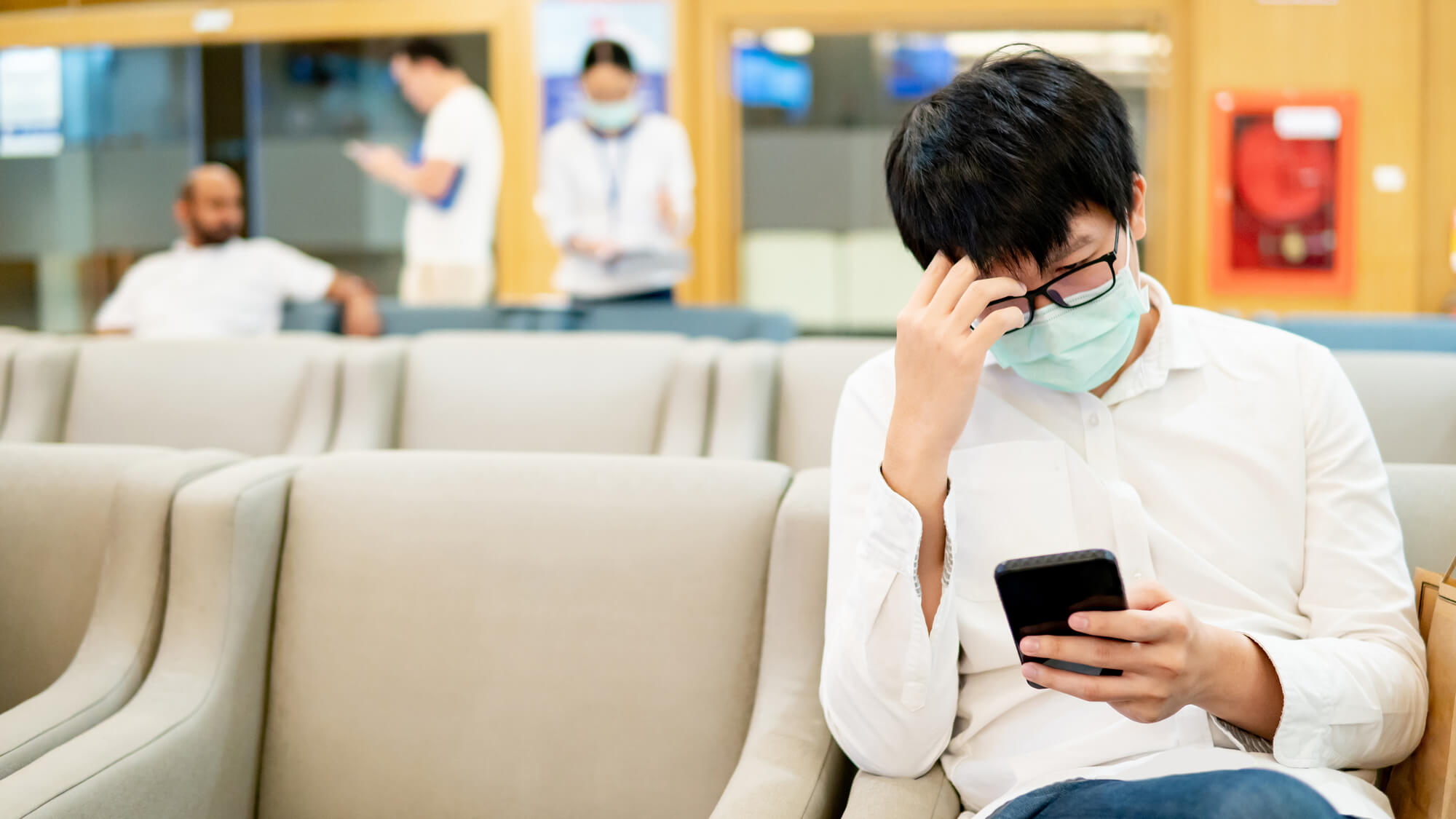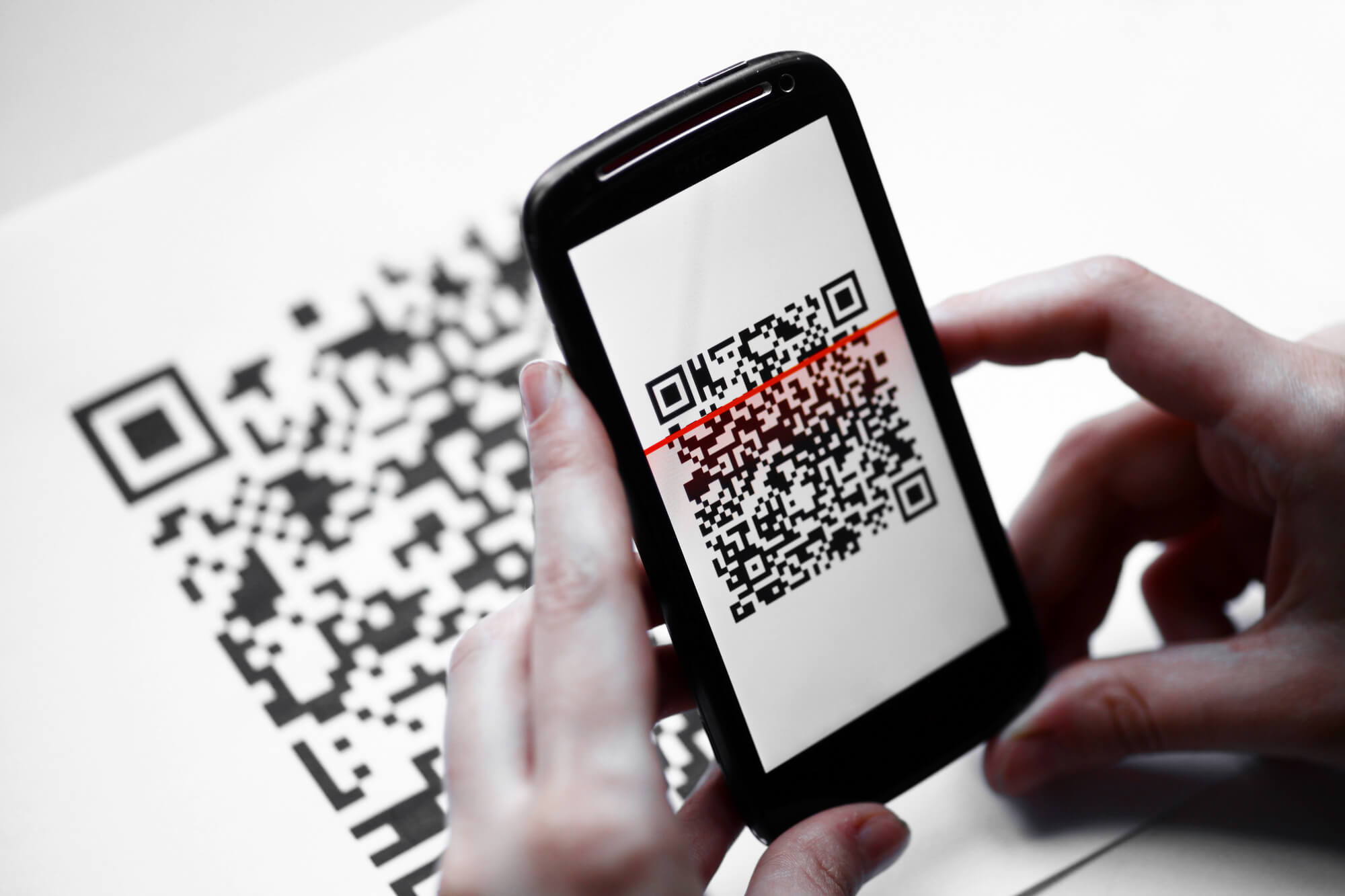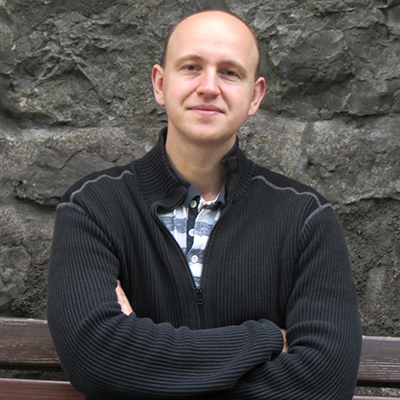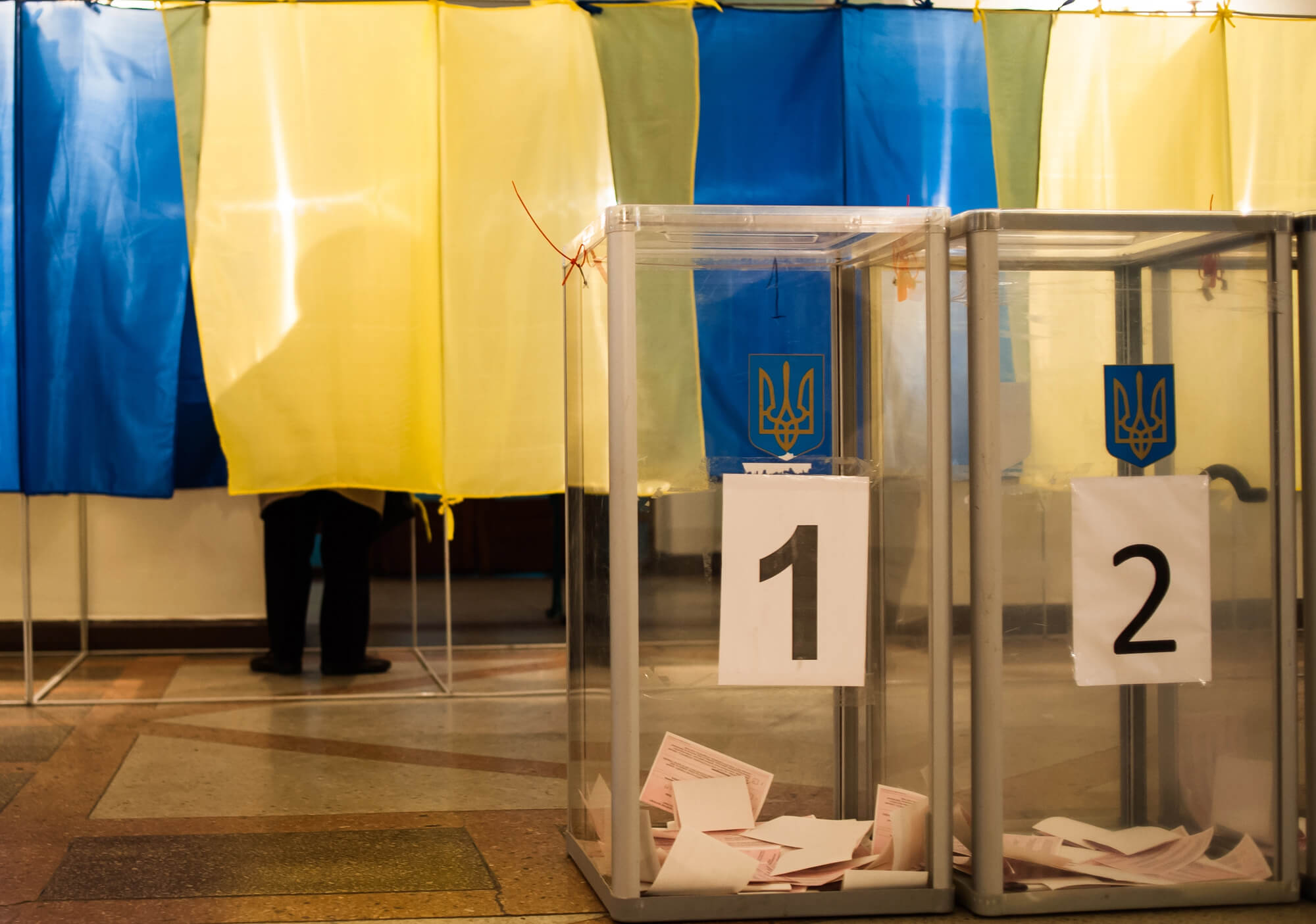How to prevent another wave of COVID-19 cases and avoid the return to strict quarantine measures? Many countries see contact tracing – a rapid and reliable identification of all the persons that had close contact with newly diagnosed patients – as a key part of the answer. Ukraine, too, does contact tracing. However, we do not know what role it is playing in the government’s plans of containing the pandemic. The future of contact tracing in Ukraine is hardly ever discussed publicly.
- A must for stopping the virus?
- How does contact tracing work?
- Racing with the virus: recruiting armies of contact tracers
- What does contact tracing look like in Ukraine?
- What next?
- Conclusions
A must for stopping the virus?
Many countries that have considerably slowed or almost completely curbed the spread of the virus have done extensive contact tracing, e. g. Taiwan, South Korea, Hong Kong, New Zealand, Japan, Germany and the Indian state of Kerala.
It does make sense. The earlier all the contacts of a newly diagnosed patient are identified, the higher is the likelihood they don’t infect someone else.
Some of the countries above have not opted for a total lockdown and can serve as a model of what life and the fight against the virus can look like as quarantine restrictions are gradually being lifted in Ukraine and around the world.
Contact tracing is also considered important in those countries that were the first to ease restrictions on social interactions. For instance, the “smart quarantine” system is being rolled out by the Czech Republic – new cases will be investigated using a smartphone app. The ability to trace past contacts of newly diagnosed patients is an important part of the plans on fighting the virus, as well as a prerequisite for easing quarantine restrictions, in Canada, the USA, Germany, Great Britain, Argentina, Australia and many other countries.
Contact tracing is clearly not a panacea, as Singapore’s example shows. Despite the country’s initial success, the disease eventually spread among foreign workers living in crowded dormitories. The effectiveness of contact tracing is undermined by transmission by unsymptomatic* carriers and cases of untimely diagnosis due to late notification about symptoms or dearth of diagnostic tests. Some crisis recovery plans, such as one by the well-known economist Paul Romer, are based on wide-scale testing and do not include contact tracing**.
However, quite a few countries have been streamlining their contact tracing procedures and have high hopes for them – the more efficient contact tracing is, the lower the likelihood of the resurgence of the infection and the re-introduction of severe restrictions with serious consequences for economies and the life of people.
How does contact tracing work?
Whenever the issue of contact tracing comes up, one usually thinks of the use of mobile tech and smartphone apps. At first glance, such solutions do allow for a faster and more reliable tracking of the contacts that the infected person may simply not remember.
Such technology is already in use in some places. However, its role so far has been quite limited, while many reservations abound as to its efficacy and data protection.
Indeed, most of contact tracing so far has been done by people – health care workers and their assistants. Should all technical problems and warnings against the misuse of personal data on the part of the authorities or hackers be solved, the use of tech is likely to go hand in hand with traditional manual contact tracing and not replace it completely.
Technology in contact tracing, its risks and limitations
Digital tools were first used for contact tracing in China, South Korea, Israel and Singapore. In China, the phone keeps the history of movement via mandatory scanning of QR-codes in public places and transport. In South Korea, they notify everyone in the neighbourhood visited by an infected person. The map of past movements of the infected person is built by analyzing surveillance videos and bank-card records, etc.
Israel uses a GPS tracking technology developed by the Shin Bet, the country’s security agency. In most other countries, such tech is not deemed practical, primarily due to its imprecision and fears about violation of privacy. For instance, in Israel, people often have to self-isolate only because they live in the same multistory building with the infected persons that may have had no recent contact with.
Most countries put their hopes on an alternative that does not track a gadget owner’s location. Using Bluetooth, a specially designed app “remembers” all the other phones it comes into close contact with.If a phone’s owner gets infected, all the owners of the recorded phones get notified about their contact with an infected person. They can then proceed to self-isolate and/or request a test.
Such apps are already in use in Singapore, Norway, the Czech Republic, Australia and several US states. A number of other countries are still working on their development.
The record that the app makes can be kept in a centralized (i.e. external) database or decentralized database (i.e. in the users’ devices).
France and the United Kingdom have so far chosen to use a centralized approach. Their developers promise to make data as anonymous as possible, restrict access to authorized health workers only and to delete all the records after several weeks of storage. However, a group of specialists warn that such a solution may lead to a police state and widespread spying on the population. They also fear that the data can be leaked or hacked.
An increasing number of countries, incl. Germany, Austria, Switzerland and Estonia, have opted for a decentralized system. Part of the explanation lies in the technical constraints imposed by the biggest manufacturers of operating systems for smartphones – Apple and Google. For instance, Apple restricts the background use of Bluetooth based, which requires a frequent activation of the app and thus shortens the battery’s life. The technological giants are developing the framework for their own decentralized contact tracing apps.
But it is not only data safety that causes concern.
Jason Bay, a leading developer of the Singaporean tracing app TraceTogether, says: “If you ask me whether any Bluetooth contact tracing system… is ready to replace manual contact tracing, I will say without qualification that the answer is, No. Not now and, even with the benefit of AI… not for the foreseeable future”.
Smartphone apps may fail to detect a close contact for a number of reasons. They can also detect lots of false contacts – while two persons stand in the same queue or walk on the same street, the phones may ping each other even if the distance by far exceeds the relatively safe two meters. Even if phones are separated by a wall or a ceiling, the phones may still “find” each other.
The apps do not tell where, with whom or under what circumstances a close contact took place, which does not allow for independent risk control.
Theoretically, one could accept the fact that the apps can make mistakes. But a 14-day isolation can have a negative impact on the person’s finances and health. If it happens often enough, people may simply ignore the self-isolation advice. Contact tracing should thus be as precise as possible.
Another obvious difficulty lies in ensuring that a sufficient number of people have the ability and desire to use the apps. Not everyone, especially among senior people, has a smartphone and knows how to use its apps and Bluetooth. Digital tracing is also vulnerable to abuse as it relies on a voluntary input of symptoms by users.
A report by Oxford University researchers warns that for a contact tracing app to work effectively at least 80%*** of UK smartphone users would have to to install it. In Singapore, only about 20% of users have downloaded the app so far.
Surveys in Australia and the USA show that about half of smartphone owners are ready to use anonymous apps. Eventually, such apps may become mandatory or be built into operating systems. But first both technical problems and data safety concerns will need to be addressed. It would probably take at least a couple of months.
At the moment, even in New Zealand where contact tracing is part of the “COVID-19 elimination” strategy, Prime Minister Jacinda Ardern encouraged the population to keep a diary and record all their meetings and contacts to facilitate the work of epidemiological detectives.
Even if all the problems with digital contact tracing are solved quickly, manual tracing would still be required in complex situations where the apps cannot ensure sufficient precision.
As The Verge concludes, there is little evidence that phones are good at contact tracing — and a lot of evidence that human beings are.

Manual contact tracing
Manual contact tracing by specially trained professionals have been in use for decades. It is done to curb the spread of tuberculosis, HIV, and sexually transmitted infections. It also played an important role in eradicating smallpox and curbing the Ebola outbreak in West Africa.
It entails detailed conversations with patients and/or their relatives about all close contacts they had before starting to have symptoms. It is then necessary to get in touch with all the contacts, inform them about the risk and ensure their self-isolation or testing.
Manual contact tracing requires cooperation and trust between the professional and the patient. If the patient has used public transport, worked in a large team, attended meetings with dozens or hundreds of people, it truly becomes an intensive detective work. However, as noted by the developer of the Singaporean contact tracing app, Jason Bay, unlike apps, human experts are not limited by strict algorithms and are better in picking up on various nuances in determining important contacts.
Contact tracing is probably more effective when the number of cases is not too high – either at the onset of the epidemic, or after a quarantine helps mitigate its effects. After all, the more spread the infection, the more resources the tracing system needs. No country’s existing systems were designed to handle such a large number of patients.
However, contact tracing still seems to work even when the virus is spreading rapidly. For instance, the situation seemed to have gotten out of hand in South Korea after an infected person attended the church meetings with several hundred participants. This resulted in several thousands of church members getting infected. Thanks to the work of the detectives, all the church members and their close contacts were identified, isolated and eventually tested. Today, up to 10 new cases are registered daily, in contrast to 600-800 cases at the end of February.
South Korea’s previous experience of dealing with the MERS pandemic in 2015 came in handy. Most Western countries had no such experience and the disease spread too rapidly to stop the so-called disease clusters.
When the number of infected persons in the United Kingdom reached several thousand, the government decided to essentially stop contact tracing. Their rationale was that the disease could not be contained and the limited resources had to be used where they were most needed. The critics pointed out that even though the country had a significant number of cases, contact tracing would still have helped to curb the virus’s spread in certain regions and cities saving people’s lives. The UK has since reversed the decision and announced the recruitment of thousands of additional staff.
Many other countries that are experiencing the COVID-19 outbreak are following the suit.
Racing with the virus: recruiting armies of contact tracers
The US Centers for Disease Control and Prevention call for the immediate recruitment and training of contact tracers.
According to the John Hopkins University report, the United States needs to hire about 100 thousand additional staff. So far each state and individual cities have been trying to enhance their contact tracing capacity in their own way. They recruit librarians, civil servants and students to do the work.
Some states seek help from those who have prior experience in contact tracing in less prosperous countries. For instance, the state of Massachusetts is assisted by Partners in Health, an NGO that conducted epidemiological investigations in Rwanda, Peru and Haiti.
United Kingdom has announced the recruitment of 18 thousand staff (around three thousand qualified public health professionals and around 15 thousand call handlers). Belgium is planning to recruit two thousand staff.
In France, mobile epidemiological detective teams are created so that the system can rapidly allocate resources to where they are most needed.
Normally it takes time, about one year in the US, to train a contact tracer. But time is a luxury. Noticeable results can be obtained rapidly. For instance, on March 24, one day before the state of emergency came into force, New Zealand established a centralized contact tracing center to assist its regional centers. In early April, 200 staff were making two thousand daily phone calls to the contacts of infected persons.

Most of the staff did not have a specific professional experience and worked under the guidance of qualified nurses.
Ideally, 80% of close contacts need to be identified within 24 hours or at least within 2-3 days after a person tests positive. According to the CDC, a close contact is someone who stayed within 1.8 meters of an infected person for 30 minutes in the last 48 hours before the onset of the symptoms.
What does contact tracing look like in Ukraine?
All close contacts of a newly detected infected person have to be identified. This is stipulated by Article 37 of the Law of Ukraine On Protection of Population against Infectious Diseases and the Medical Standards – Covid-19. The latter also lists the contact cases that have to be identified.
The Law, that was adopted back in 2000, foresees that the Ministry of Health is responsible for creating the Procedures for epidemiological monitoring of infectious diseases. Yet the respective draft, which was developed under the Minister of Health Zoriana Skaletska, was rejected by the State Regulatory Service in March.
According to the head of the healthcare department of the Lviv City Council, Volodymyr Zub, contact tracing lies within the responsibility of the Ministry of Health laboratory centers.
However, due to the rapid spread of the disease, the task falls to family doctors and policemen . According to Volodymyr Zub, “we are speaking about hundreds of people here. Family doctors are constantly on the phone, everyone should be warned. We ask people to visit hospital as seldom as possible, only if their health is deteriorating rapidly”.
This is hardly a sustainable solution. Ukrainian epidemiologists may be qualified enough yet the system is not designed to deal with such a high number of cases. Many doctors and policemen cannot perform their main professional duties while probably wasting a lot of time in doing what a trained call handler could do.
However, the contact tracing mechanism in Ukraine, its reform or enhancement, is rarely discussed publicly and does not figure in the publicly announced government plans of fighting the epidemic and easing the quarantine restrictions.
The role of a potential contact tracing app is also unclear. At the end of March, the Digital Transformation Minister Mykhaylo Fedorov announced that a government-promoted app Diya would help find contacts of infected people. The technology would allegedly be based on scanning QR-codes in public places and transport. A similar option is already used in China.
In a comment he left on his Facebook account on April 26th, Fedorov wrote that “the QR system is ready, but heaven forfend we need to use it”. However, there is no official information available about any details of how the app would function and how it would ensure the protection of personal data.
What next?
It would be great to know if the Ukrainian authorities have the answers to the following questions: What is the role of contact tracing in their strategy of lifting the quarantine restrictions? How should it be modified and integrated with other processes, such as testing, to slow the epidemic? How many additional workers, if any, should be recruited and how should they be trained? What is the role of digital and manual tracing and how to combine them? How to win the trust and cooperation of Ukrainians?
The answers are important. In New Zealand, the readiness of the contact tracing system became one of the criteria for easing social distancing requirements. It has been closely monitored by experts and society at large. The independent audit that revealed its deficiencies was one of the reasons why easing one of the most strict lockdowns in the world was postponed for one week.
The New Zealand audit also shows the importance of little details. For instance, only 60% of the contacts were initially reached by phone since many contacts did not answer calls from an unknown number.
Oxford University researchers have warned that delaying contact tracing by even a day could mean a difference between eventually containing the epidemic control or failing to do that.
Recruiting more staff may mean considerable expenditure. At the epidemic’s peak in the Chinese city of Wuhan, there were 9 thousand contact tracers. Ukraine would need around 34 thousand contact tracers if we take the same ratio to its population.
But the expenditures could be justified by a more rapid return of the economy to its ‘new normal’. Besides, recruiting contact tracers could create jobs for thousands of people who became unemployed due to the crisis.
Conclusions
The discussion is still ongoing about how best to fight the virus. Many countries have been developing contact tracing systems. Their enhancement should be part of or at least taken into consideration when making plans for combating the virus in Ukraine.
De-facto, contact tracing is already being done in Ukraine and probably involves thousands of tracers.
A lot depends on what we know about the virus and on the progress in developing a vaccine or a cure for the disease. But if Ukraine decides not to expand its contact tracing capacity, such a decision should at least be explained.
Contact tracing can only work if it is done quickly and reliably and is accompanied by heeding to self-isolation advice and large scale testing. Winning the trust of Ukrainians is important for success, especially if mobile technologies are used for contact tracking. Little is known about Ukraine’s plans here, for instance about how the app would work and how personal data would be protected.
But if contact tracing does work, a more targeted isolation of infection cases can make less likely such draconian measures as closing down entire villages, cities or the whole country.
Notes
* Scientists are still determining the role of the “silent” spread of the virus by individuals with no apparent symptoms of the disease
** E.g. in Sweden, which has introduced softer restrictions on social interactions, contact tracing is reportedly not playing a significant role
*** According to Annex 2 to the Healthcare Standards (COVID-19) a contact is defined as follows:
- someone living in the same household (apartment, house) with a COVID-19 patient;
- someone who had a direct close contact with a COVID-19 patient (e.g. shaking hands);
- someone who had an unprotected contact (without using PPE) with mucous secretions from the airways of a COVID-19 patient (e.g. being near a coughing patient, or touching used napkins);
- someone who contacted with one or more COVID-19 patients within less than one meter for 15 or more minutes when NOT using respective PPE, or allegedly using them in a wrong way (e.g. breach in the integrity of gloves);
- someone who remained in closed premises (e.g. a study hall, a meeting room, or a waiting room of a health facility) together with a COVID-19 patient for 15 or more minutes within less than one meter;
health facility workers falling under one of the following definitions:
- health worker or any other individual providing health care services or attending to a COVID-19 patient or
- laboratory staff working with samples obtained from the airways of COVID-19 patients or
- staff of pathology/forensic bureaus/departments directly involved in the autopsy, including taking samples for PCR;
even if appropriate PPE was used;
contact onboard an aircraft within two seats (in all directions) with a COVID-19 patient, flight attendants and crew members providing services in the aircraft with a patient in it (if heavy symptoms such as frequent coughing, or her/his moving around indicate a larger contamination risk zone; the passengers in the entire section, or all the passengers of the aircraft can be considered a contact).
Attention
The author doesn`t work for, consult to, own shares in or receive funding from any company or organization that would benefit from this article, and have no relevant affiliations



